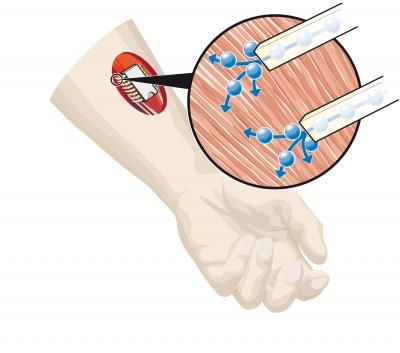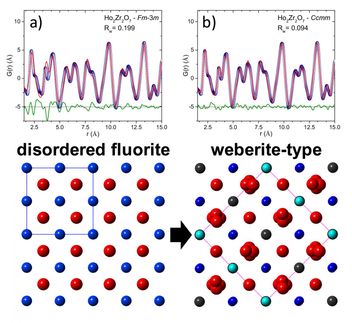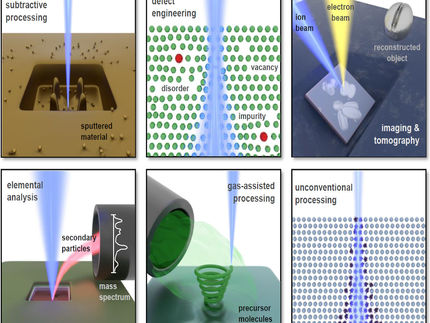Highest X-ray energy used to probe materials
Scientists for the first time have dived into the effect that an intense X-ray free electron laser (XFEL) has on materials.
Using the Linac Coherent Light Source (LCLS) facility at the SLAC National Accelerator Laboratory, Lawrence Livermore scientists probed nitrogen gas at X-ray energies of up to 8 keV (kiloelectronvolts), the highest X-ray energy ever used at an XFEL, to see how it behaved when the laser hit it.
The photoluminescence-based pulse-energy detector allowed the team to study the interaction - including electron dynamics and space charge effects - between nitrogen gas and the XFEL beam. Understanding the precise dynamics at work on these scales will forever change the understanding of chemistry, physics and materials science.
The XFEL's light is so bright at 8 kilo electron volts and so fast (it has a pulse length from 10 femtoseconds to 100 femtoseconds) that LLNL scientists were able to validate the physics of simulations done using nitrogen gas. (One femtosecond is one quadrillionth of a second).
"The detailed physics is very important for most LCLS experiments since it determines the interpretation of the results," said Lab scientist Stefan Hau-Riege. "The unique thing about this experiment is that it was performed upstream from the LCLS mirrors, and so we had access to the full range of LCLS X-ray energies (which went up to 8 keV at the time)."
The heart of the LCLS is a free-electron laser that produces beams of coherent, high-energy X-rays. Coherence - the phenomenon of all photons in a beam acting together in perfect lockstep - makes laser light far brighter than ordinary light. Since X-ray photons at the LCLS are coherent, the resulting beam of light will be as much as a billion times brighter than any other X-ray light source available today.
The LCLS also contains a femto-camera that can sequence together images of the ultra small, taken with the ultrafast pulses of the LCLS. Scientists are for the first time creating molecular movies, revealing the frenetic action of the atomic world.
The LCLS, and its cousins planned in Germany and Japan, improves on third-generation light sources. The third-generation sources are circular, stadium-size synchrotrons, and they produce streams of incoherent X-ray photons. Since their pulses are long compared to the motion of electrons around an atom, synchrotron light sources cannot begin to explore the dynamic motion of molecules.
The pulses of light from the fourth-generation LCLS are so short, lasting for just quadrillionths of a second, that its beam provides an X-ray strobe light to capture such atomic and molecular behavior.
Other news from the department science
These products might interest you
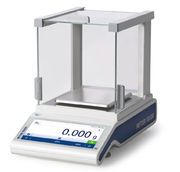
MS-Präzisionswaagen by Mettler-Toledo
Trusted Results at Your Fingertips
Capacity from 320 g to 12.2 kg, readability from 1 mg to 100 mg
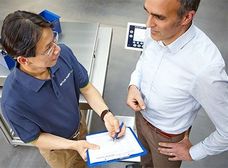
Good Weighing Practice by Mettler-Toledo
Your Concrete Weighing Quality Assurance Plan
GWP Verification service
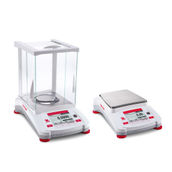
Precision balances by Ohaus
High-performance precision balances for everyday use in laboratories & industry
From milligram-accurate measurement of small samples to routine weighing in the kilogram range
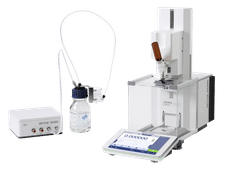
Automatische XPR-Waagen by Mettler-Toledo
Production of standards, samples and concentrations - fast and reliable
Automate the weighing processes in your laboratory - ideal also for sample prep at chromatography
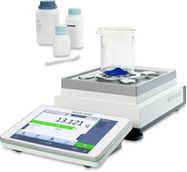
XPR Precision Balances by Mettler-Toledo
Fast and Accurate Precision Weighing Even in Difficult Conditions
XPR Precision Balances / Solutions to support you with data management, traceability and regulatory compliance
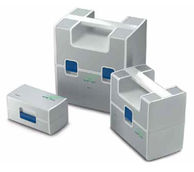
Carepacs by Mettler-Toledo
Professional CarePacs for smooth routine testing
Tweezers, gloves and other accessories for professional weight handling
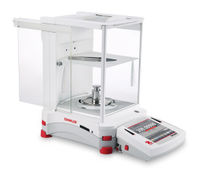
Balances analytiques by Ohaus
Analytical balances with outstanding weighing performance, as easy to use as a smartphone
These space-saving analytical and semi-micro balances are surprisingly intuitive to use

Get the chemical industry in your inbox
By submitting this form you agree that LUMITOS AG will send you the newsletter(s) selected above by email. Your data will not be passed on to third parties. Your data will be stored and processed in accordance with our data protection regulations. LUMITOS may contact you by email for the purpose of advertising or market and opinion surveys. You can revoke your consent at any time without giving reasons to LUMITOS AG, Ernst-Augustin-Str. 2, 12489 Berlin, Germany or by e-mail at revoke@lumitos.com with effect for the future. In addition, each email contains a link to unsubscribe from the corresponding newsletter.
Most read news
More news from our other portals
Last viewed contents
ALTANA completes acquisition of Water Ink Technologies
BIS Group continuing to expand its US activities with the acquisition of Westcon, Inc.
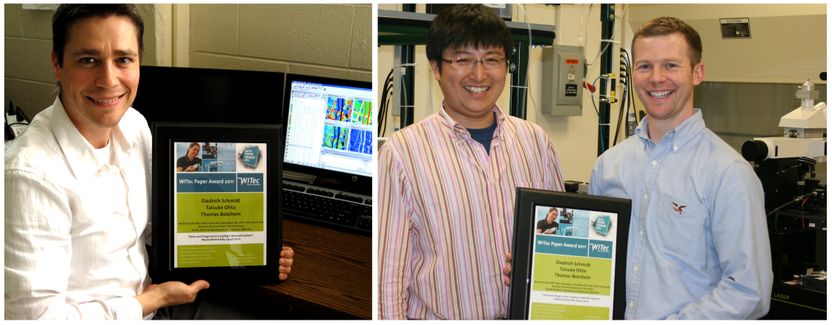
Winner of the WITec Paper Award 2011 Announced
Arkema completes acquisition of Den Braven
Bayer MaterialScience planning new world-scale TDI plant at Dormagen site

Contact lenses shed microplastics - New detection method discovers microplastics released by contact lenses under sunlight
Celanese To Assess Realignment of Acetyl Intermediates Production in France and Mexico
